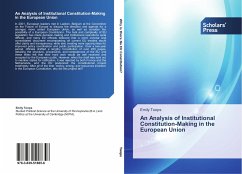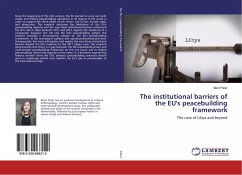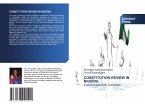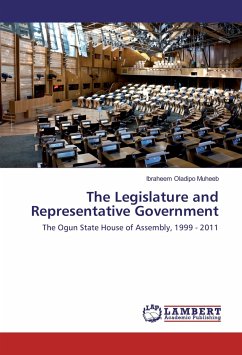In 2001, European leaders met in Laeken, Belgium at the Convention on the Future of Europe to discuss the direction and agenda for a stronger, more united European Union, as well as consider the possibility of a European Constitution. The bulk and complexity of EU legislation has made decision-making and institutional operations quite difficult, and many EU officials believed that a more concise and consolidated document encompassing all current EU treaties would offer clarity and transparency, while also creating more opportunities for improved policy coordination and public participation. Over a two-year period, officials drafted a lengthy Constitution of over 250 pages, detailing the structure, procedures, and competences of the EU, and these elites felt that their hard work would be well received and accepted by the European public. However, when the draft was sent out to member states for ratification, it was rejected by both France and the Netherlands, and the EU postponed the constitutional project indefinitely. After all of the time, money, energy and resources invested in the European Constitution, why did this project fail?








